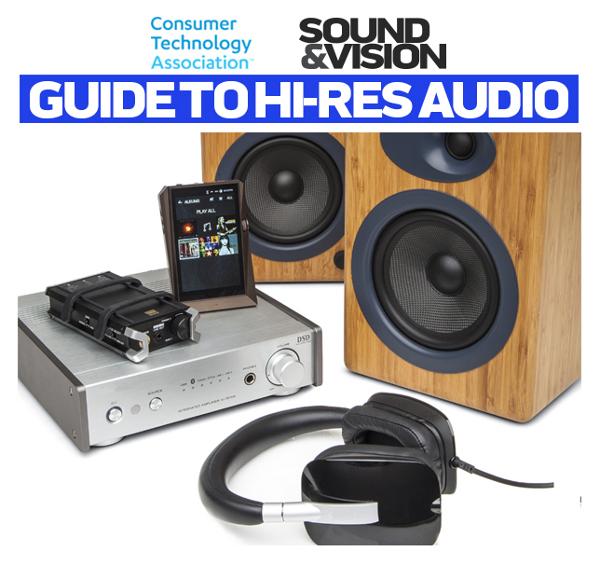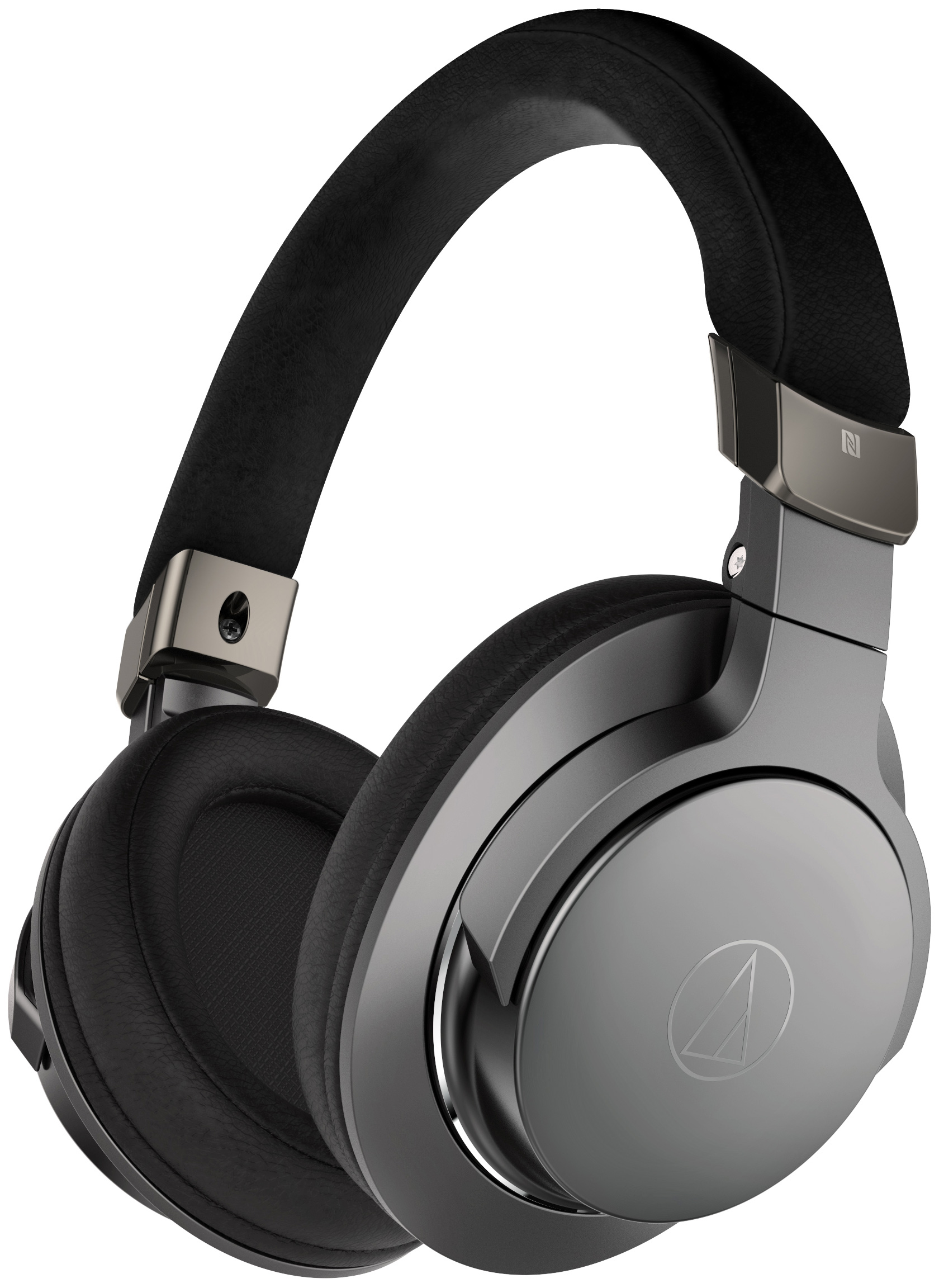

When the CD was developed with specifications that would allow it to deliver a good listening experience while being reasonably practical to use. The quality of a digital audio recording is determined by two things: the sampling frequency, which is how many of these coordinates are captured per second, and nd the bitrate, which is how accurate each of these coordinates is relative to the original audio signal.ĭigital Recording 3. When a digital audio file is played back, those coordinates are used to reconstruct the soundwave back to an analog signal which your speakers or headphones can recognize and reproduce. This starts the same way as an analog one, with capturing those vibrations, but these soundwaves are then converted to a series of coordinates.

Related Article: 5 Websites any Music Lover would like 2. But it requires physical and sometimes fragile objects for storage. It’s a good system, with few steps between the audio being captured and being reproduced. The needle on a record player is literally bumping along microscopic grooves, and those tiny vibrations are simply amplified into the electrical signals that drive your speakers. Whether on magnetic tape or record capture and reproduce the sound vibrations directly. Other characteristics such as the shape and energy of these soundwave vibrations then determine the type and volume of the sound.Ĭapturing and storing this audio for later playback has come in a variety of forms over the years, but it can broadly be broken up into three types: analog, digital, and digitally compressed. An instrument, or speaker, creates high or low-speed vibrations that our ears capture and translate into a huge range of pitches and tones. Music, like all audio, is vibrations in the air. The more bits there are, the more accurately the signal can be measured.

Sampling frequency refers to the number of times samples of the signal are taken per second during the analog-to-digital conversion process.


 0 kommentar(er)
0 kommentar(er)
